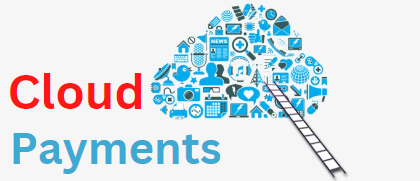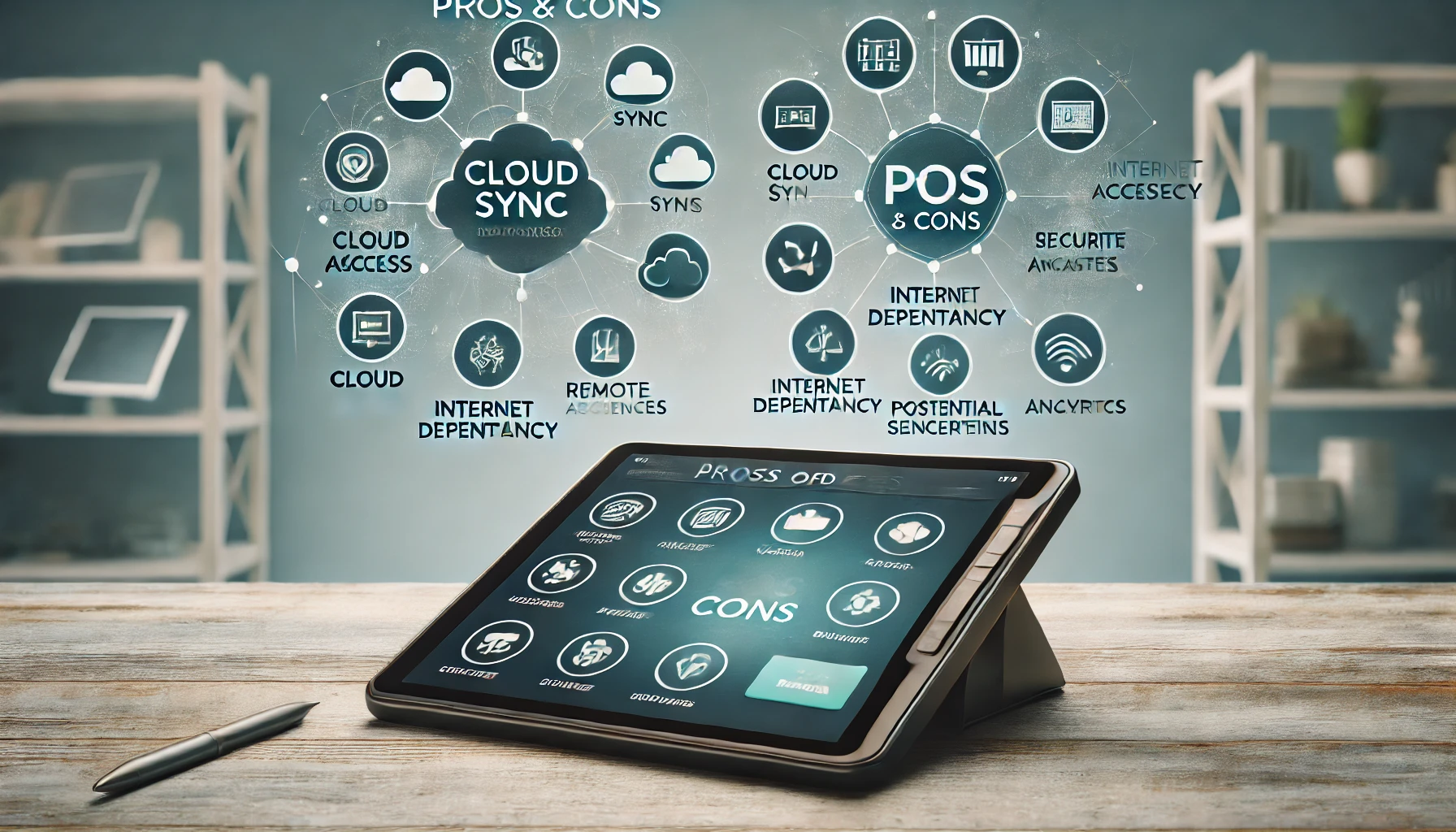How to Integrate Cloud Payments with POS Systems
In today’s digital age, businesses are constantly seeking ways to streamline their operations and enhance customer experiences. One area that has seen significant advancements is the integration of cloud payments with point-of-sale (POS) systems. This integration allows businesses to accept payments seamlessly, improve efficiency, and gain valuable insights into their sales data.
In this comprehensive guide, we will explore the benefits of integrating cloud payments with POS systems, provide a step-by-step guide to the integration process, address common challenges and solutions, discuss security considerations, and share best practices for a smooth integration.
What is a POS System and Why is it Important for Businesses?
A POS system is a software and hardware combination that enables businesses to process transactions, manage inventory, and generate reports. It serves as the central hub for all sales-related activities, making it an essential tool for businesses of all sizes and industries. A POS system allows businesses to streamline their operations, improve efficiency, and provide a seamless checkout experience for customers.
Benefits of Integrating Cloud Payments with POS Systems
- Enhanced Efficiency: Integrating cloud payments with POS systems eliminates the need for manual data entry, reducing the chances of errors and saving time. Sales transactions are automatically recorded in real-time, allowing businesses to track inventory levels accurately and make informed decisions.
- Improved Customer Experience: Cloud payments integration enables businesses to offer a variety of payment options, including mobile wallets and contactless payments. This flexibility enhances the customer experience by providing convenient and secure payment methods.
- Seamless Omnichannel Experience: With cloud payments integration, businesses can unify their online and offline sales channels. This allows customers to make purchases through various touchpoints, such as e-commerce websites, mobile apps, and physical stores, while maintaining a consistent shopping experience.
- Access to Real-Time Data: Cloud payments integration provides businesses with real-time access to sales data, allowing them to monitor performance, identify trends, and make data-driven decisions. This valuable information can help optimize inventory management, pricing strategies, and marketing campaigns.
- Cost Savings: By integrating cloud payments with POS systems, businesses can reduce hardware costs associated with traditional payment terminals. Cloud-based solutions often require minimal upfront investment and offer flexible pricing models, making them a cost-effective option for businesses of all sizes.
Choosing the Right Cloud Payment Solution for Your POS System
When selecting a cloud payment solution for your POS system, it is essential to consider several factors to ensure compatibility and functionality. Here are some key considerations:
- Integration Compatibility: Ensure that the cloud payment solution is compatible with your existing POS system. Look for solutions that offer seamless integration through APIs or software development kits (SDKs).
- Payment Options: Evaluate the payment options supported by the cloud payment solution. It should support a wide range of payment methods, including credit cards, debit cards, mobile wallets, and alternative payment methods.
- Security Features: Security is paramount when handling payment transactions. Choose a cloud payment solution that complies with industry standards and offers robust security features, such as encryption, tokenization, and fraud detection.
- Scalability: Consider the scalability of the cloud payment solution. It should be able to handle increasing transaction volumes as your business grows without compromising performance.
- Customer Support: Look for a cloud payment solution provider that offers reliable customer support. Prompt assistance is crucial in case of any technical issues or concerns.
Step-by-Step Guide to Integrating Cloud Payments with Your POS System
Integrating cloud payments with your POS system may seem daunting, but with a systematic approach, it can be a smooth process. Follow these steps to ensure a successful integration:
- Assess Your Current POS System: Evaluate your existing POS system to determine its capabilities and limitations. Identify any specific requirements or customizations needed for the integration.
- Research Cloud Payment Solutions: Conduct thorough research to identify cloud payment solutions that align with your business needs. Consider factors such as integration compatibility, payment options, security features, and pricing.
- Select a Cloud Payment Solution: Choose a cloud payment solution that best meets your requirements. Contact the solution provider to discuss integration possibilities and gather any necessary documentation or APIs.
- Develop an Integration Plan: Create a detailed integration plan that outlines the steps, timeline, and resources required for the integration. Assign responsibilities to team members involved in the process.
- Test the Integration: Before going live, conduct thorough testing of the integration to ensure seamless functionality. Test various payment scenarios, including different payment methods and transaction types.
- Train Staff: Provide comprehensive training to your staff on how to use the integrated cloud payment solution. Ensure they are familiar with the new payment options and understand the process for handling transactions.
- Go Live and Monitor Performance: Once testing is complete, go live with the integrated cloud payment solution. Monitor its performance closely, addressing any issues or glitches promptly.
- Gather and Analyze Data: Take advantage of the real-time data provided by the integrated system. Analyze sales data, customer behavior, and other relevant metrics to gain insights and make informed business decisions.
- Seek Continuous Improvement: Regularly review the performance of the integrated system and seek feedback from staff and customers. Identify areas for improvement and implement necessary changes to optimize the integration.
Common Challenges and Solutions in Cloud Payments Integration
While integrating cloud payments with POS systems offers numerous benefits, businesses may encounter some challenges during the process. Here are some common challenges and their solutions:
- Compatibility Issues: Incompatibility between the cloud payment solution and the POS system can hinder integration. To overcome this, choose a solution that offers seamless integration options, such as APIs or SDKs.
- Technical Glitches: Technical issues may arise during the integration process, causing disruptions in payment processing. Ensure that your IT team is well-equipped to handle such issues promptly and efficiently.
- Data Synchronization: Maintaining accurate and up-to-date data across different systems can be challenging. Implement automated synchronization processes to ensure data consistency between the cloud payment solution and the POS system.
- Staff Training: Training staff on the new integrated system can be time-consuming and challenging. Develop comprehensive training materials and conduct regular training sessions to ensure staff proficiency.
- Security Concerns: Security is a critical aspect of cloud payments integration. Choose a solution that complies with industry security standards and regularly update security measures to protect customer data.
Security Considerations for Cloud Payments Integration with POS Systems
When integrating cloud payments with POS systems, it is crucial to prioritize security to protect sensitive customer information. Here are some security considerations to keep in mind:
- Compliance with Payment Card Industry Data Security Standard (PCI DSS): Ensure that the cloud payment solution provider complies with PCI DSS, which sets security standards for handling payment card data.
- Encryption and Tokenization: Implement encryption and tokenization techniques to protect payment data during transmission and storage. This ensures that sensitive information remains secure even if it is intercepted.
- Two-Factor Authentication: Enable two-factor authentication for accessing the cloud payment solution and the POS system. This adds an extra layer of security by requiring users to provide additional verification, such as a unique code or biometric data.
- Regular Security Updates: Stay up to date with the latest security patches and updates provided by the cloud payment solution provider. Regularly update your POS system and other software to address any security vulnerabilities.
- Employee Training: Educate your staff about security best practices, such as creating strong passwords, recognizing phishing attempts, and handling customer data securely. Regularly reinforce these practices through training sessions and reminders.
Best Practices for a Smooth Cloud Payments Integration Process
To ensure a smooth integration process, follow these best practices:
- Plan Ahead: Develop a detailed integration plan, including timelines, milestones, and resource allocation. This will help you stay organized and ensure that all necessary steps are taken.
- Test Thoroughly: Conduct comprehensive testing of the integration before going live. Test various payment scenarios, simulate high transaction volumes, and address any issues or glitches promptly.
- Communicate with Stakeholders: Keep all stakeholders, including staff, customers, and solution providers, informed about the integration process. Communicate any changes or disruptions that may occur during the transition.
- Provide Adequate Training: Train your staff on how to use the integrated system effectively. Ensure they are familiar with the new payment options and understand the process for handling transactions.
- Monitor Performance: Continuously monitor the performance of the integrated system. Regularly review sales data, customer feedback, and system logs to identify any areas for improvement.
Frequently Asked Questions (FAQs) about Cloud Payments Integration with POS Systems
Q.1: What is cloud payments integration?
Cloud payments integration refers to the process of connecting a cloud-based payment solution with a point-of-sale (POS) system. This integration allows businesses to accept payments seamlessly, track sales data, and enhance the customer experience.
Q.2: What are the benefits of integrating cloud payments with POS systems?
Integrating cloud payments with POS systems offers several benefits, including enhanced efficiency, improved customer experience, seamless omnichannel experience, access to real-time data, and cost savings.
Q.3: How do I choose the right cloud payment solution for my POS system?
When selecting a cloud payment solution, consider factors such as integration compatibility, payment options, security features, scalability, and customer support. Choose a solution that aligns with your business needs and offers seamless integration with your POS system.
Q.4: What are some common challenges in cloud payments integration, and how can they be overcome?
Common challenges in cloud payments integration include compatibility issues, technical glitches, data synchronization, staff training, and security concerns. These challenges can be overcome by choosing a solution with seamless integration options, addressing technical issues promptly, implementing automated data synchronization processes, providing comprehensive staff training, and prioritizing security measures.
Conclusion
Integrating cloud payments with POS systems offers numerous benefits for businesses, including enhanced efficiency, improved customer experience, and access to real-time data. By following a step-by-step integration process, businesses can seamlessly connect their POS systems with cloud payment solutions.
However, it is essential to consider compatibility, security, and scalability when choosing a cloud payment solution. Addressing common challenges and implementing best practices will ensure a smooth integration process. With the right approach, businesses can leverage cloud payments integration to streamline operations, optimize sales, and provide a seamless payment experience for their customers.











